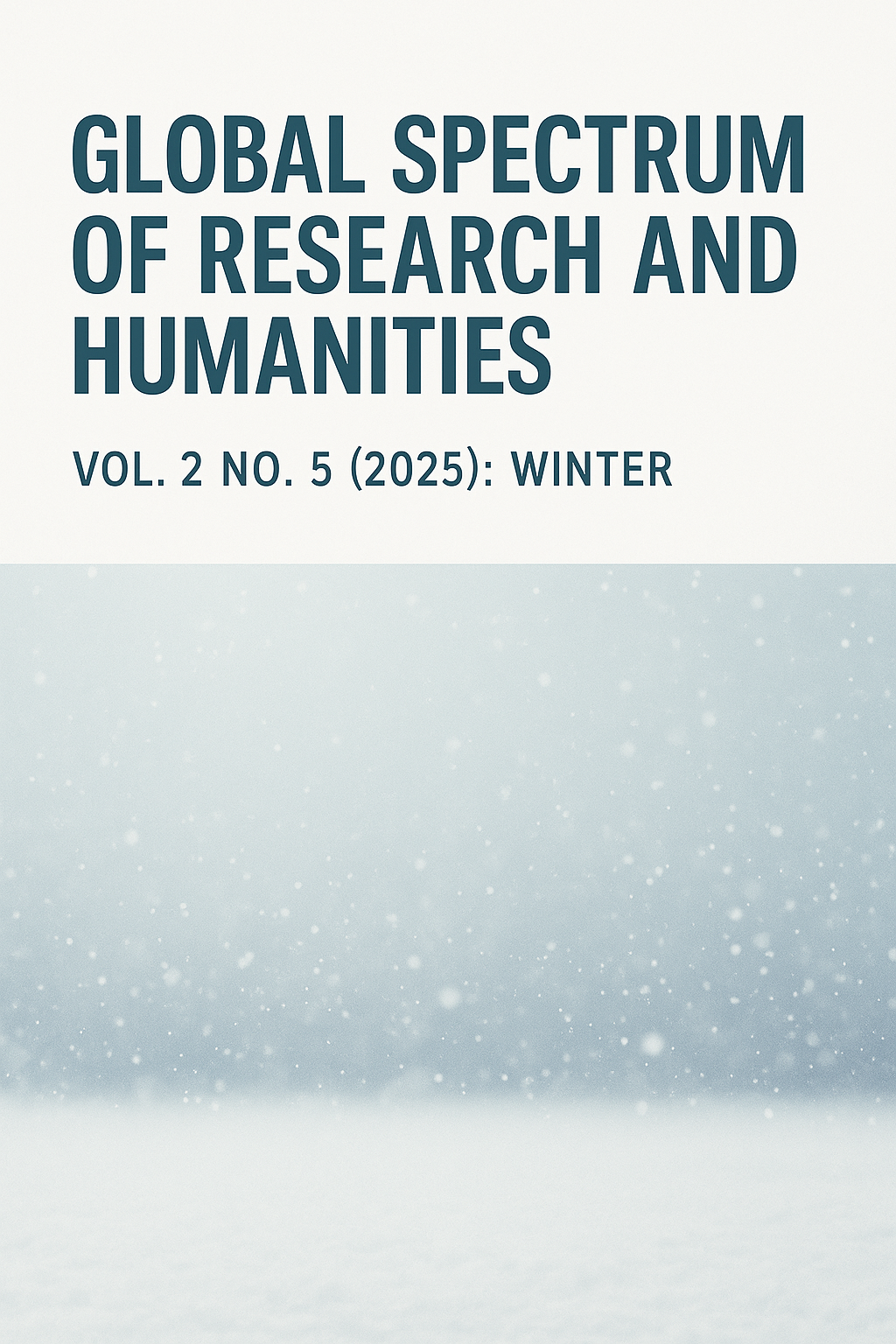Cross-Linguistic Analysis of Number-Based Idioms in English and Azerbaijani
DOI:
https://doi.org/10.69760/gsrh.0250205013Keywords:
Number idioms, cross-linguistic comparison, phraseology, cultural semantics, Azerbaijani and English linguisticsAbstract
Abstract: Number-based idioms (expressions containing numerals) are a rich site for exploring how language, cognition, and culture intersect. This study provides a comparative analysis of such idioms in English and Azerbaijani. We compile examples from idiom dictionaries and linguistic corpora, then analyze their structure, meaning, usage, and cultural background. Both languages employ numbers metaphorically to express quantity, time, emotions, and other concepts. For instance, English uses “a million and one” to mean an extremely large number, while Azerbaijani speakers say “yüz faiz” (100%) or “200 faiz” for absolute certainty. We highlight idioms that are structurally or semantically equivalent and those that are language-specific. The analysis shows that while many idioms share universal traits (e.g. use of metaphor), they also reflect unique cultural values (e.g. sacred numbers like 7 or 40 in Azerbaijani tradition). We discuss challenges in translating these idioms across languages, emphasizing that translators must often convey underlying meaning rather than literal numbers. This combination of theoretical and comparative methods reveals how numeric idioms encode cognitive metaphors and sociocultural beliefs, and it provides guidelines for translation and teaching.
References
Garibova, J. (2004). Numbers: Expressing Quantity and Quality (Part 17). Azerbaijan International, 12(4), 74–75. [5][17]
Gibbs, R. W., Jr., & O’Brien, J. E. (1990). Idioms and mental imagery: The metaphorical motivation for idiomatic meaning. Cognition, 36(1), 35–68. https://doi.org/10.1016/0010-0277(90)90053-M[4]
Koça, S. (2023). Exploring the richness of English idioms with numbers. In R. Zeneli, A. Hajrizi, & K. Sobhanie (Eds.), Education and Development: Proceedings of the UBT International Conference (Vol. 5, pp. 50–53). UBT Press. https://doi.org/10.33107/ubt-ic.2023.304[8][23]
Moldabekova, L., & Akböpe, A. (2025). The representation of sacred numbers in proverbs and sayings. Eurasian Science Review, 3(2).[6]
Sadigova, S. (2023). Phraseological units in which complex and compound numbers are used in English. Akademik Tarih ve Düşünce Dergisi, 10(4), 1089–1093.[1][15]
Sadigova, S. (2024). A comparative analysis of idiomatic expressions in English and Azerbaijani: Cultural and linguistic insights. Acta Globalis Humanitatis et Linguarum, 1(1), 158–167.
Downloads
Published
Issue
Section
License
Copyright (c) 2025 Global Spectrum of Research and Humanities

This work is licensed under a Creative Commons Attribution-NonCommercial-NoDerivatives 4.0 International License.




